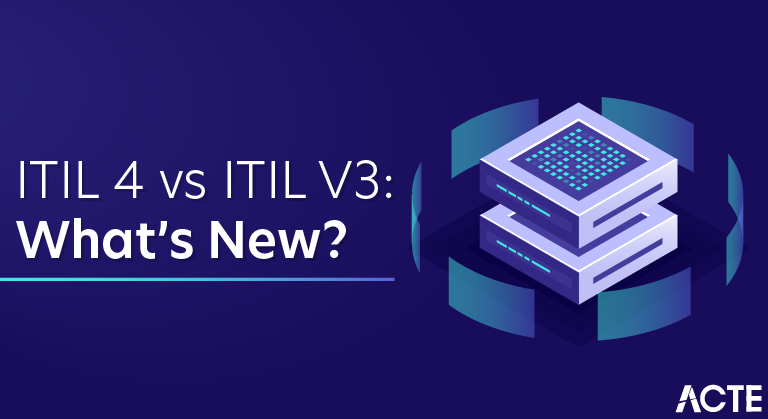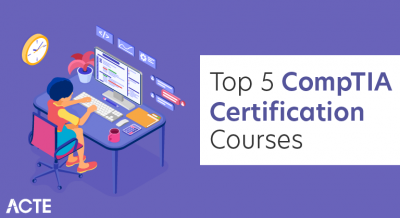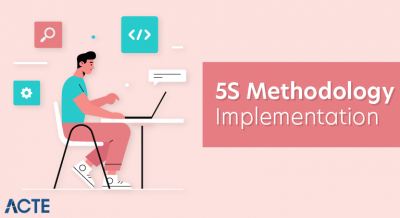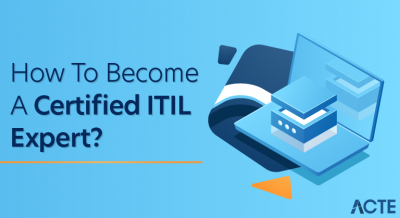
ITIL 3– overview
In May 2007, ITIL v3 was released. The core concept introduced in ITIL v3 was the ITIL Service Lifecycle. This lifecycle-based approach is grouped into five book volumes covering best practices in the following phases of the service lifecycle: Service Strategy, Service Design, Service Transition, Service Operation, and Continual Service Improvement.
Covered in the five phases of the service lifecycle are a collection of 26 processes and four functions related to how to successfully provide and manage IT services. While the 26 processes are spread across the five volumes, the four functions fall under Service Operations only. ITIL v3 defines a process as a structured set of activities designed to accomplish a specific objective. Functions are defined as a team or group of people and the tools or other resources used to carry out one or more processes or activities.
In 2011, there was a refresh of the ITIL framework. The 2011 refresh included updates to resolve errors and inconsistencies in documentation and the diagrams across the entire library. Since the material of the framework was basically the same in the 2007 and 2011 versions, no recertification training was required for people with existing certifications in ITIL.
But a lot has changed in the world of IT and business in general since 2011. Recent trends have shown a convergence of IT strategy with business strategy. From this environment, a service-based economy has emerged, where many successful companies have IT-enabled services at the core of their strategy (e.g., Uber, Amazon, Facebook, Twitter, Airbnb, etc.). One of the criticisms of ITIL has been its perceived failure to keep up with strategic trends in IT and business, such as Lean, Agile, DevOps, Digital Transformation, Cloud Computing, and other factors.
ITIL 4 – Overview
ITIL 4 Foundation was released in February 2019. Within ITIL 4 are four key components that make up the framework. These components are: the Service Value System (SVS), the Service Value Chain (SVC), the 4 Dimensions of Service Model, and the 7 Guiding Principles.
The primary concept of ITIL 4 is the Service Value System. The SVS is a strategic concept that describes how all components and activities of an organization should work together as a system to enable value creation. The Service Value System’s objective is to turn opportunity / demand into business value. The Service Value Chain operating model is at the core of the SVS. The SVC defines the activities necessary to respond to demand and deliver value.
In support of a holistic approach to service management is the 4 Dimensions Model of Service Management. The model represents key perspectives that collectively promote effective and efficient delivery of products and services to stakeholders.
At the forefront of ITIL 4 are the 7 Guiding Principles. These principles should be used as recommendations to guide the organization during the decision-making process. There are 34 practices in ITIL 4. A practice is defined as a set of organizational resources and competencies designed for conducting operations or achieving an objective. Practices include the processes, procedures, people, vendors, skills, data, tools, etc. necessary to successfully deliver IT.
ITIL V3 Framework
ITIL V3 is the third version of the Information Technology Infrastructure Library framework which refers to a collection of best practices for managing information technology recognized globally. This framework emphasizes the concept of IT as a service that helps in achieving business goals. ITIL V3 is considered as one of the best ITSM frameworks and was released in 2007. The best feature of ITIL is that it is always evolving to fit better into today’s business environment. In order to align with the latest trends or practices like DevOps, Lean and mainly Agile, creators of ITIL have developed a new framework called ITIL 4 which satisfies the customer or IT organization’s requirements.
ITIL V4 Framework
As mentioned earlier, ITIL v4 is an upgraded version of the ITIL V3 framework and includes improved strategic elements that provide a better alignment of the IT service management with the business requirements. ITIL v4 was released early in 2019 and helps in building an effective IT Service Management process by providing an end-to-end operating model for the creation, delivery and continual improvement of tech-enabled products and services.
ITIL V4 also provides guidance to the organizations which is needed in order to address new service management challenges. It helps in utilizing the potential of modern technology which can work efficiently in an era of Cloud, Agile, DevOps and transformation. The core components of this framework are the ITIL Service Value System (SVS) and the four dimensions model. The main elements of the ITIL SVS are listed below:
- Service Value Chain (SVC)
- ITIL Practices
- ITIL Guiding Principles
- Governance
- Continual Improvement
ITIL 3 vs. ITIL 4 – The main differences
The main difference in ITIL 4 is its approach to IT Service Management. ITIL 4 places emphasis on adaptability to changes in the business and technology, by incorporating Agile, DevOps, and Lean concepts with traditional ITIL best practices to make an ITSM framework better equipped to evolve along with the industry.
Another significant change is the addition of the Service Value System. The SVS shifts the focus to value creation, from ITIL v3’s focus on the services themselves. The reasoning for this change is that by focusing on value creation, IT Service Management activities will now work in conjunction with other activities throughout the business, thereby promoting holistic systems thinking, breaking down silos, and encouraging collaboration.
Overall, ITIL 4 updates and modernizes existing ITSM knowledge; but it does retain many relevant aspects of previous ITIL versions. The table below summarizes some of the notable differences between the two versions.
Overall, ITIL 4 updates and modernizes existing ITSM knowledge; but it does retain many relevant aspects of previous ITIL versions. The table below summarizes some of the notable differences between the two versions.
| Framework Area | ITIL v3 | ITIL 4 |
|---|---|---|
| Service Lifecycle to Service Value System | Service Lifecycle: Five phase service-focused | Service Value System (SVS) |
| Processes to Practices | 26 processes grouped across the five areas of the service lifecycle | 34 practices grouped under three categories (General, Service, Technical); includes many of the previous 26 processes |
| ITIL Guiding Principles to 7 Guiding Principles | 9 principles first introduced in ITIL v3 (2011) under ITIL Practitioner only | Condensed down to seven principles included in the Foundation level as a core element |
| The 4 Ps to the 4 Dimensions | The 4 Ps of Service Design for holistic design: People, Partners, Products, Processes | The 4 Dimensions of Service Management support a holistic approach to Service Management: Organizations & People, Information & Technology, Partners & Suppliers, Value Streams & Processes |
ITIL V3 26 Processes Vs ITIL V4 34 Practices
| ITIL V3 Processes | ITIL V4 Practices |
|---|---|
| Service Strategy Strategy ManagementDemand ManagementService Portfolio ManagementFinancial ManagementBusiness Relationship ManagementService DesignService Catalog ManagementAvailability ManagementInformation Security ManagementService Level ManagementCapacity ManagementDesign CoordinationSupplier ManagementIT Service Continuity ManagementService TransitionTransition Planning and SupportChange ManagementChange EvaluationRelease and Deployment ManagementService Assets & Configuration ManagementService Validation and TestingKnowledge ManagementService OperationAccess ManagementEvent ManagementService Request FulfillmentIncident ManagementProblem ManagementContinual Service ImprovementThe Seven-Step Improvement | General Management Practices Architecture Management Continual Improvement Information Security Management Knowledge Management Measurement and Reporting Organizational Change Management Portfolio Management Project Management Relationship Management Risk Management Service Financial Management Strategy Management Supplier Management Workforce and Talent ManagementService Management Practices Availability Management Business Analysis Capacity and Performance Management Change Control Incident Management IT Asset Management Monitoring and Event Management Problem Management Release Management Service Catalog Management Service Configuration Management Service Continuity Management Service Design Service Desk Service Level Management Service Request Management Service Validation and TestingTechnical Management Practices Deployment Management Infrastructure and Platform Management Software Development and Management |
ITIL V3 vs ITIL V4 Qualification Roadmap
| ITIL V3 Four P’s | ITIL V4 Four Dimensions |
|---|---|
| FoundationPractitionerIntermediate (Service Lifecycle and Service Capability categories)ExpertMaster | ITIL FoundationITIL Managing ProfessionalITIL Strategic LeaderITIL Master |
This brings us to the end of this article on ITIL® V3 vs ITIL® V4.
If you found this ‘ITIL® V3 vs ITIL® V4‘ article relevant, check out the ITIL® Certification Training by Edureka, a trusted online learning company with a network of more than 250,000 satisfied learners spread across the globe. This course is designed to give you the right expertise and skills that provide a modular approach to the ITIL® framework and consists of various aspects of ITIL® best practices like ITIL® service operation and design.





